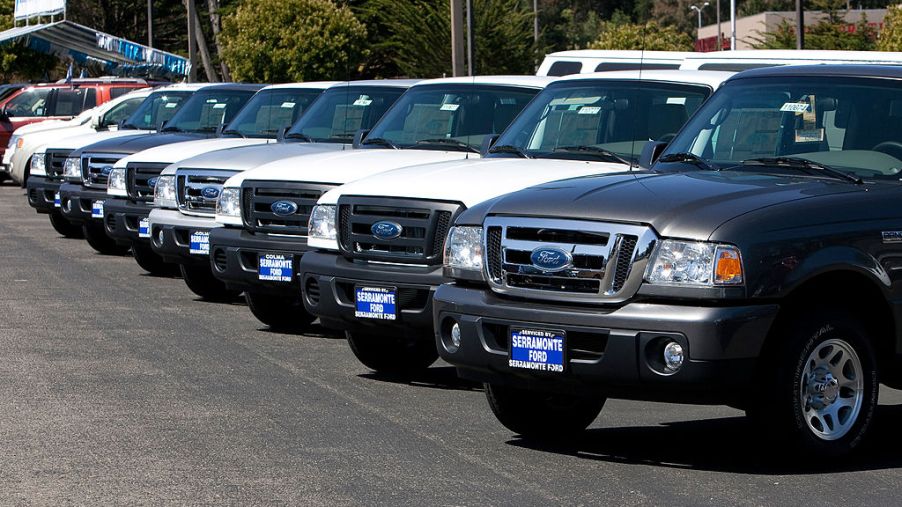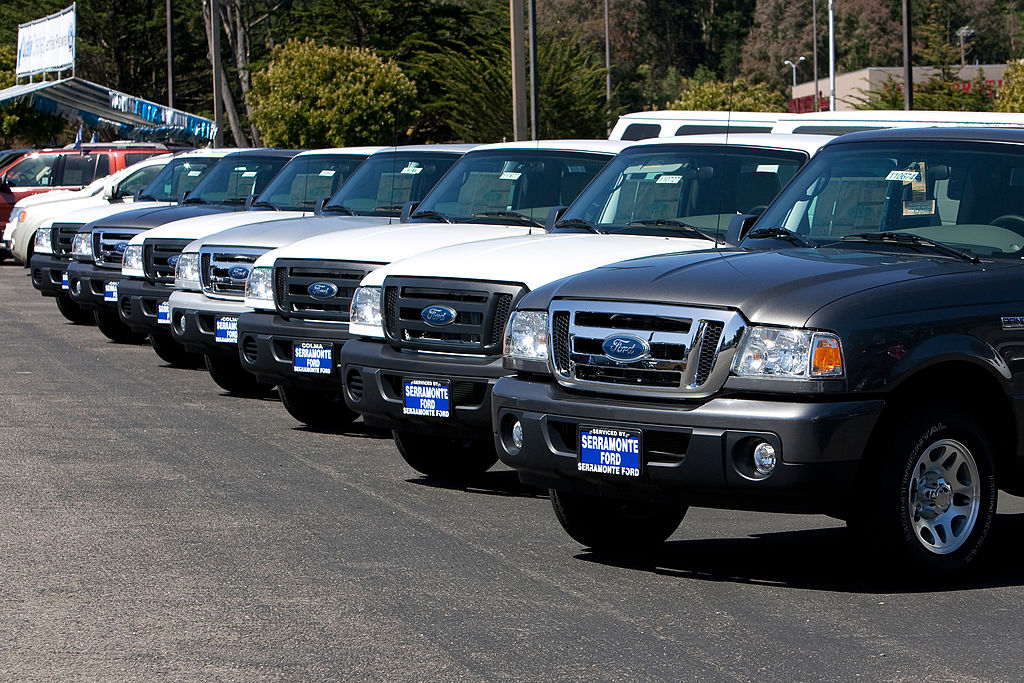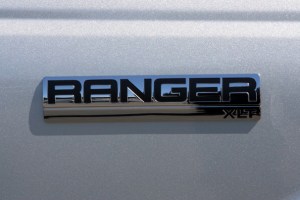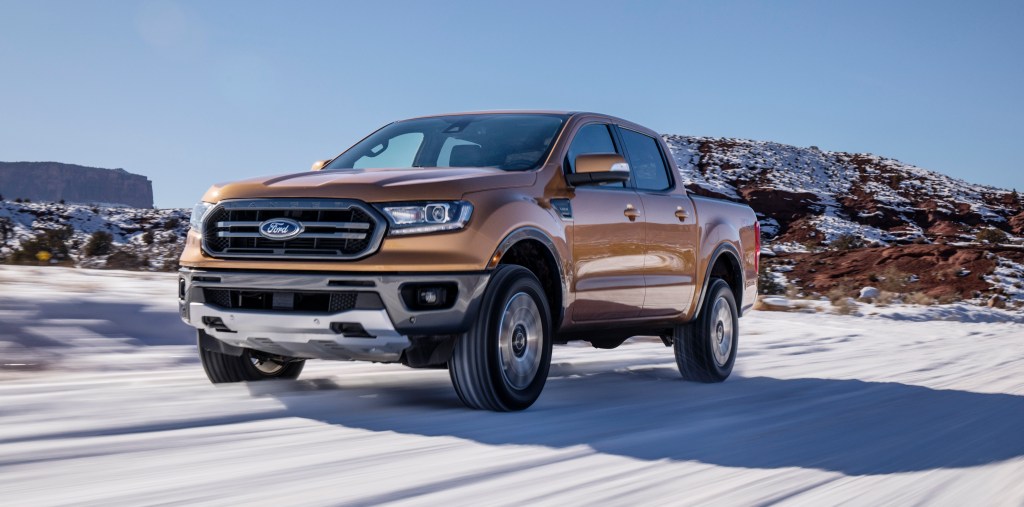
The Evolution Of The Ford Ranger Over the Years
The Ford Ranger is most commonly thought of as a compact utility truck. You’re used to seeing fleets of them for electric or other industrial companies, sporting ladders and tools to get work done at various sites. However, the Ford Ranger didn’t start that way. It’s changed over the decades and continues to evolve to meet the needs of drivers.
How The Ford Ranger Has Evolved
From a sedan, big to small, discontinued, and back again, the Ford Ranger has transformed over the past fifty years to meet a variety of needs.
Wait, did we just say sedan?
Yes, because the first Ranger was created in 1958 as the Edsel Ranger. You can take a look at one in classic car shows or the Ford Museum.
When first introduced to trucks in 1967, the Ranger was a trim level for the Ford F-100 and F-250 models. Then in 1970, the XLT ford Ranger was offered as the highest trim level. Meaning the Ranger began as large, luxury versions of classic Fords and this trend continued for about ten years.

Scaling the Ford Ranger Down
While the Ford Courier was being offered as a smaller option at the time, it was being made by Mazda. So, Ford discontinued the Courier to manufacture the Ranger in-house as a cost-effective way to meet demands.
In 1983, the first Ford Ranger was introduced to meet the needs of customers wanting a smaller version of the Ford 150. The smaller truck was also manufactured in an attempt to compete against the Chevy S10 and GMC S15.
The ‘83 Ranger, or little truck that could, offered V6 and diesel engine options as well as a 6 or 7-foot truck bed, providing consumers with a wide range of options. Because the Ranger was introduced about six months after other compact truck models, it took a while to gain popularity.
By 1987 the Ranger soared with options that included sway bars, bucket seats, a back window that could slide open, and more.
Making The Ford Ranger More Economical
Around 1988 the Ranger was redesigned to sport the bumper shape and integrate fog lamps for the look we’re most commonly used to seeing on the roads today. The second generation introduced in 1993 had rounded edges and smaller grille in a failed attempt to be more fuel-efficient.
Next, to compete with the Chevy’s electric S10-EV electric truck, the Ranger was produced in electric models from 1998 to 2002. Sadly, most of the electric Ranger were returned to Ford and crushed. They were much more expensive compared to their nonelectric counterparts. Only about 400 electric Rangers remain today and it’s probably incredibly difficult to convince an owner to part with theirs.
Facing The Ford Ranger’s End

From there on, the Ranger had various updates to increase in size to increase comfort and visibility. It was marketed as an off-roading truck, perfect for protecting our parks and getting the job done. Even an extended super cab version with suicide doors came out.
But these changes weren’t enough to keep the Ranger alive. Sales gradually declined until the Ranger was discontinued in 2008, even though they remained in production until 2012.
The Ford Ranger’s Rebirth

Despite the gradual decline in sales that ultimately killed the Ford Ranger, people missed it. Consumers seemed to notice the gap in the smaller to midsized truck market and wanted the Ranger back.
Following the trend and increased interest in midsized trucks like the Tacoma, in 2019, Ford brought the Ranger back. However, it’s transformed into more of a midsized truck instead of a compact model.
The 2019 and 2020 Ford Ranger models aren’t that much smaller than the Ford 150. So, will history repeat itself? Will the Ford Ranger become smaller again or will it continue to be marketed as an economical truck for comfort and off-roading?



